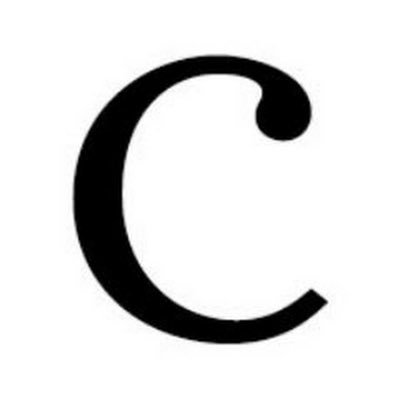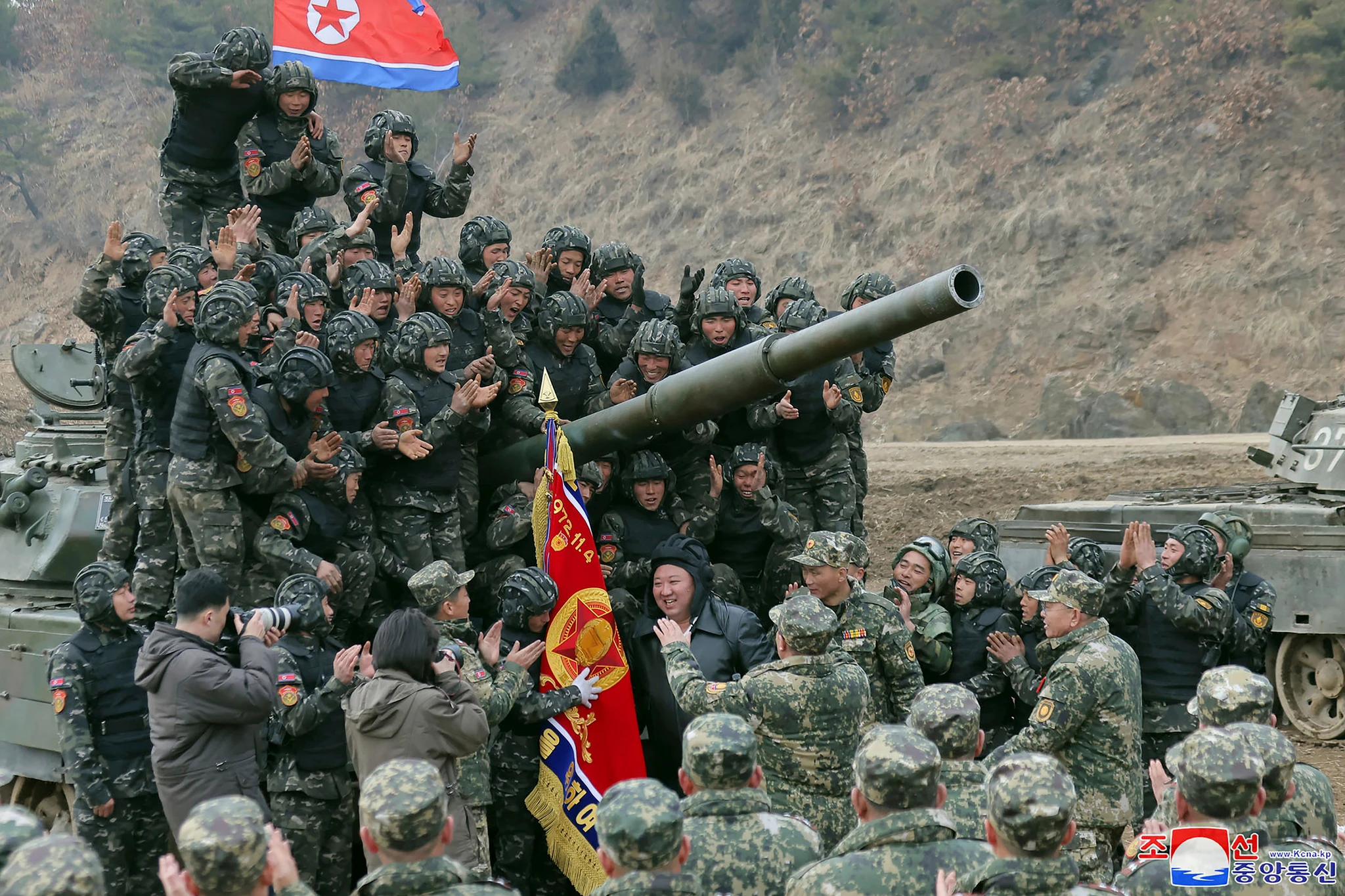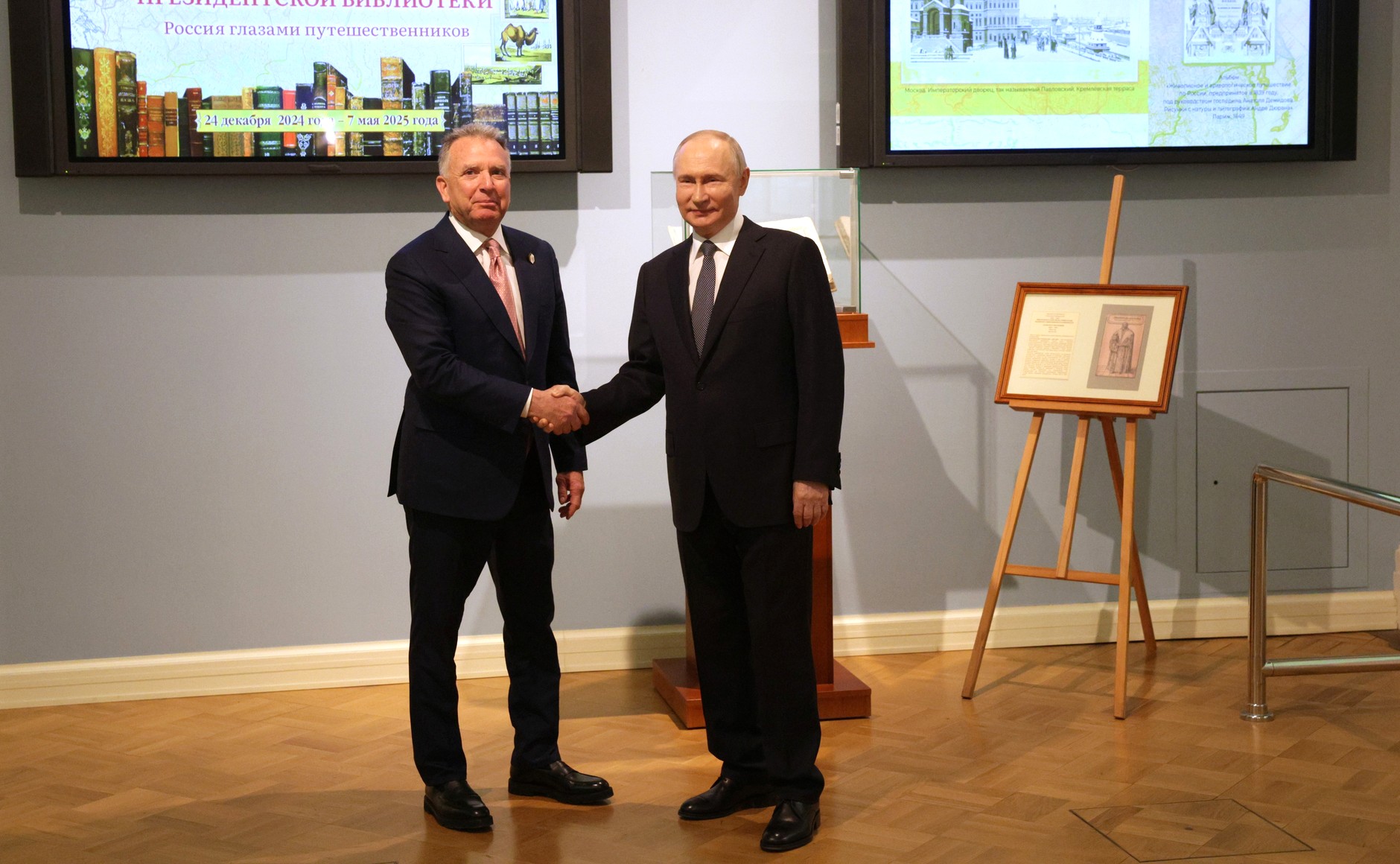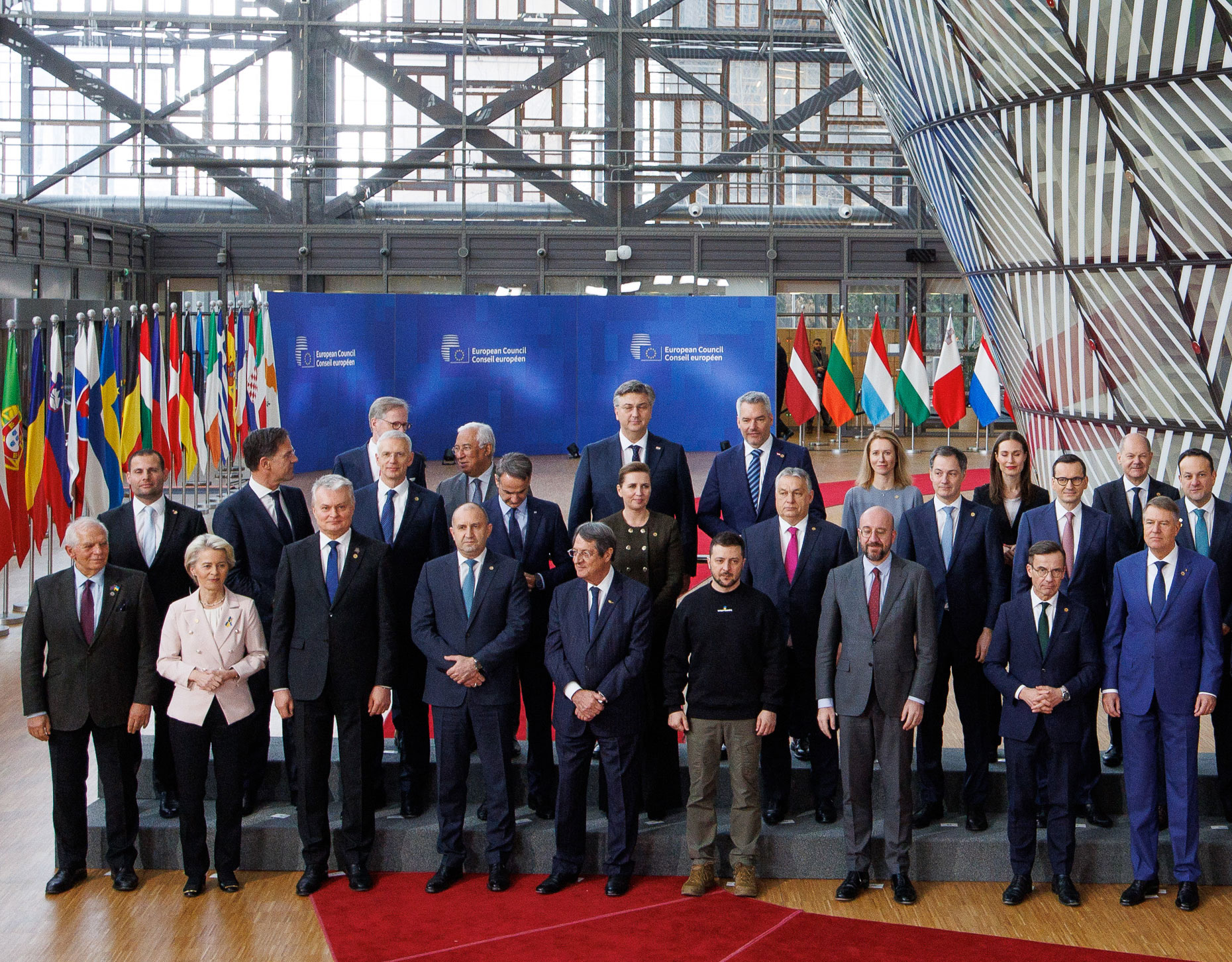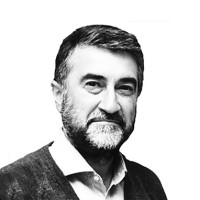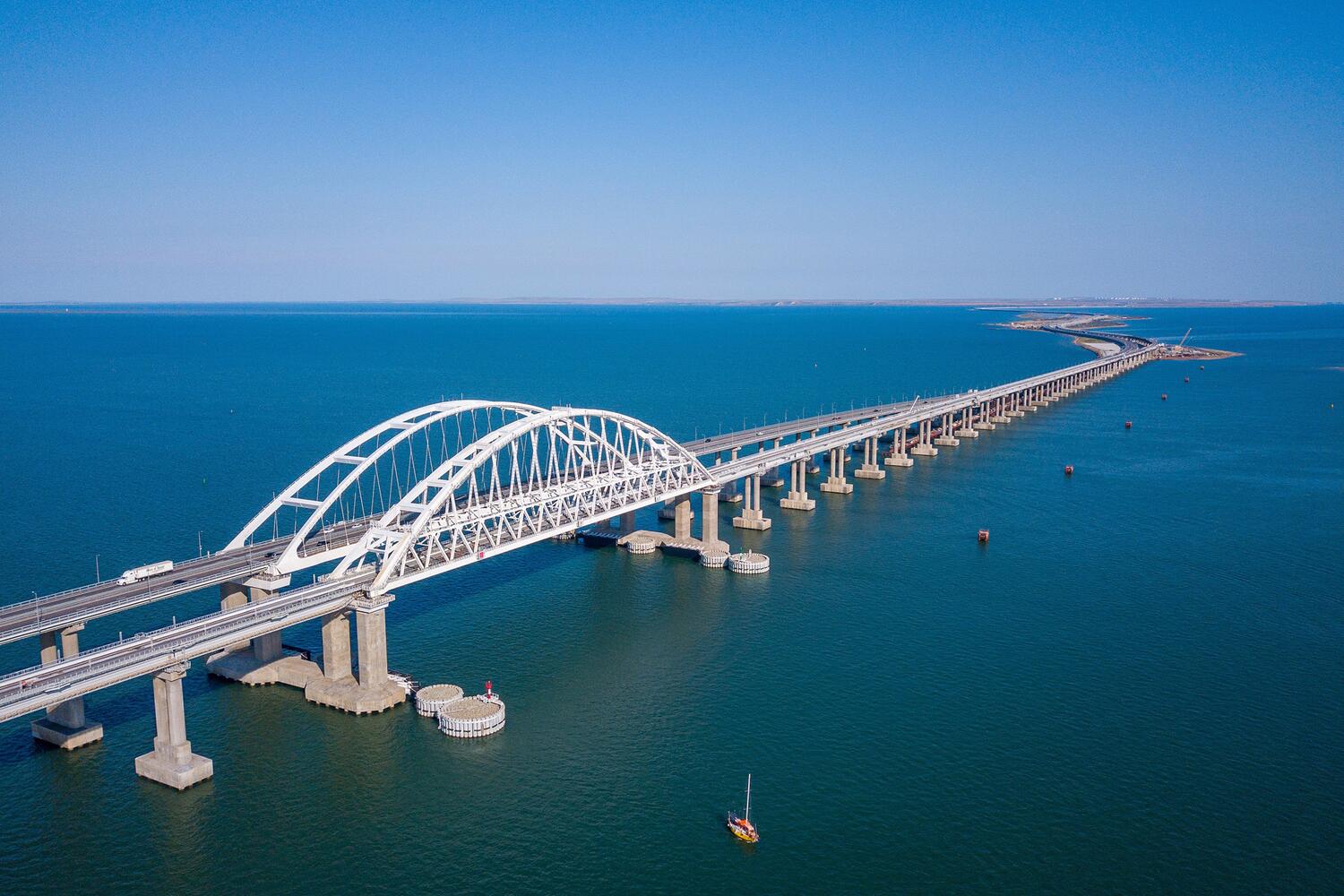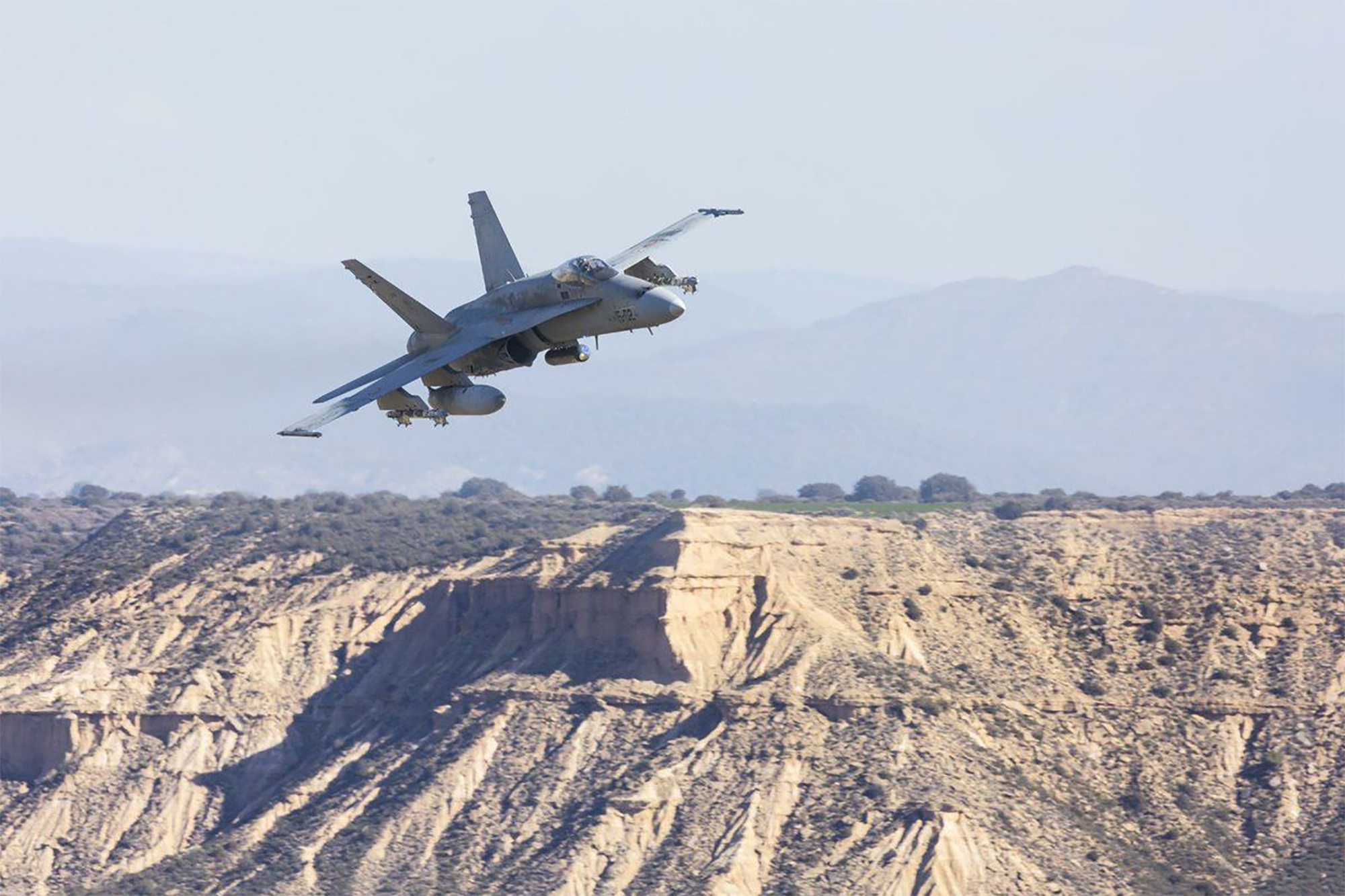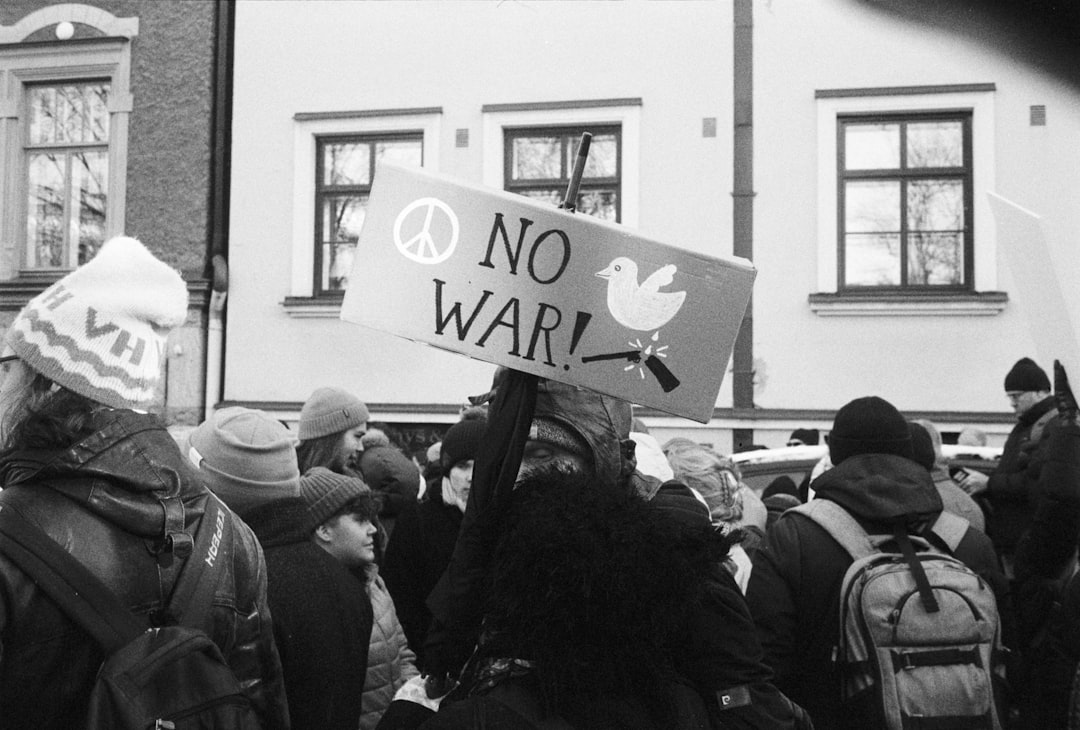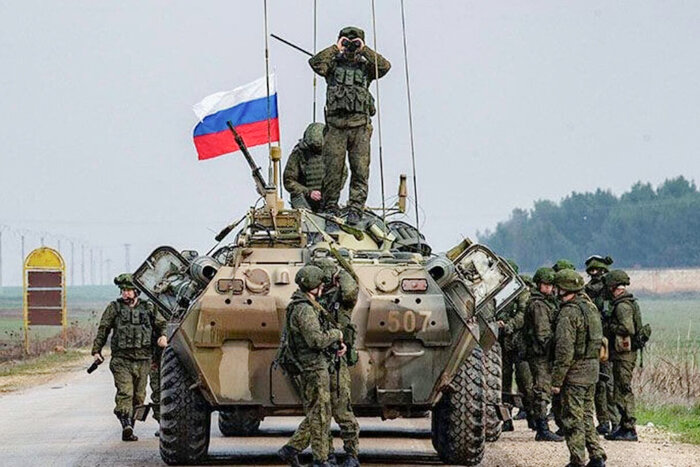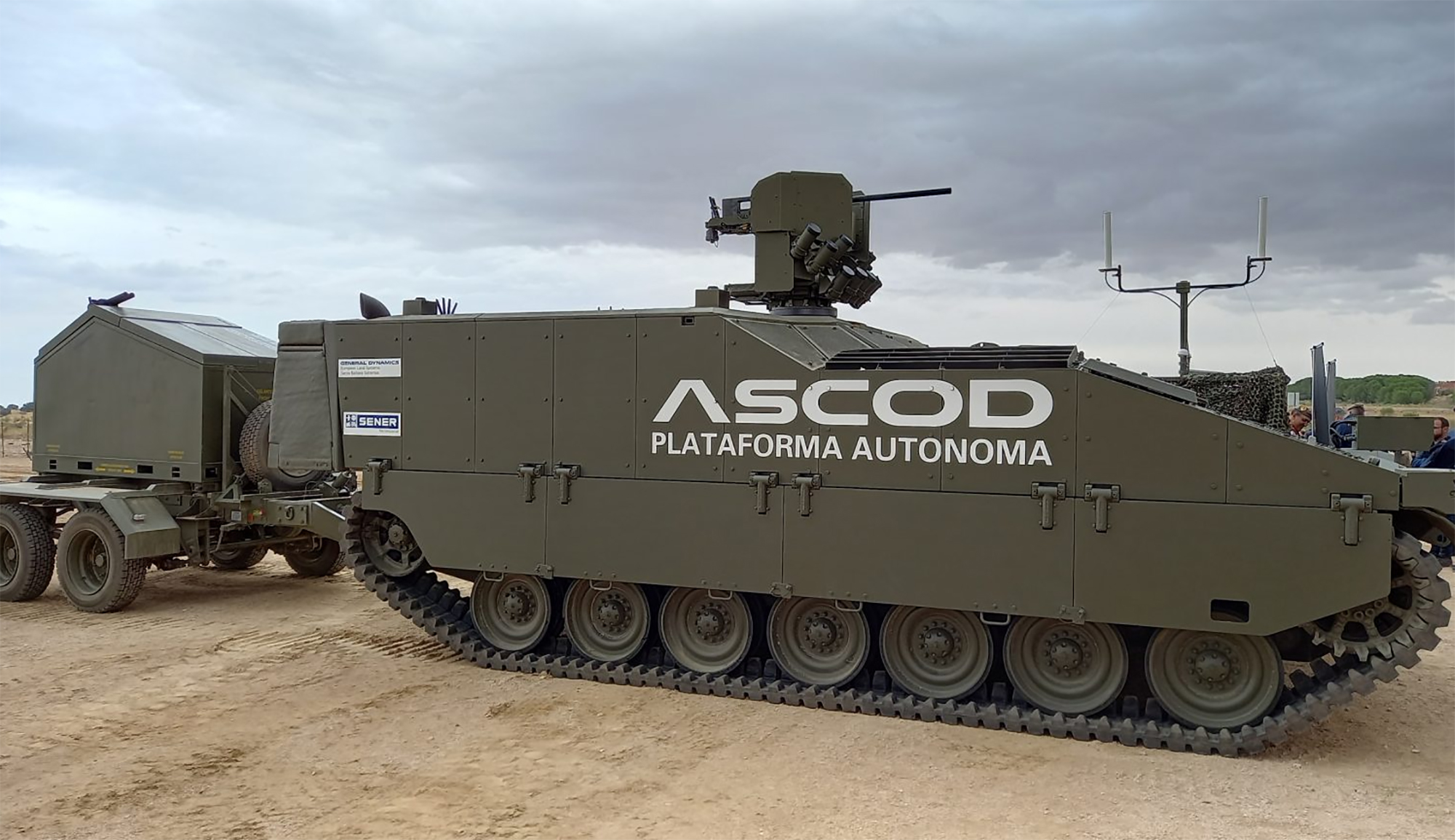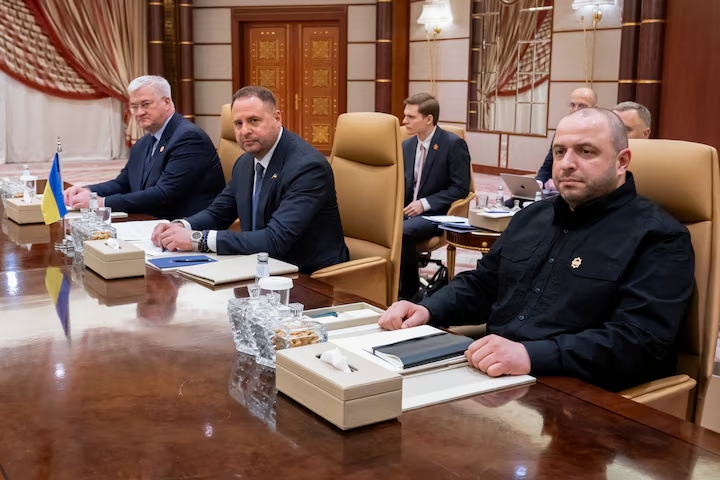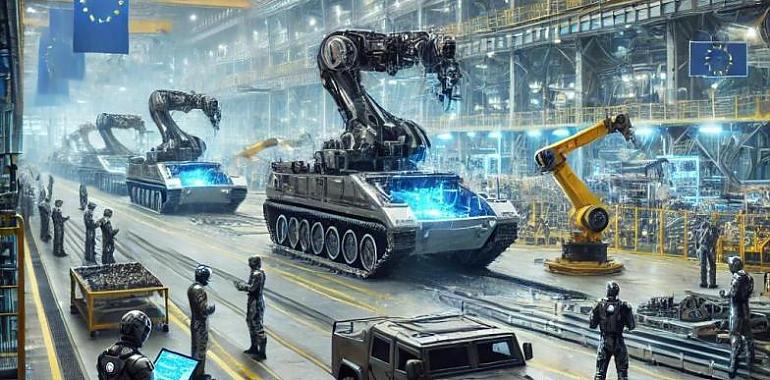The truth about the Ukrainian extreme right
- Ukraine is not a Nazi state, but support for neo-Nazi or Nazi groups makes the country an exceptional case in Europe. The ultras have only their tanks and artillery units there.

The war in Ukraine is being the scene of a confusing bombardment of statements and replicas of the followers of both sides in Ukraine. As in any war, but perhaps in this war more than in the other. Truths, partial truths and irreverent lies compete for the control of the story of the media. Undoubtedly, one of the clearest examples is Vladimir Putin’s assertion that Russia invaded Ukraine to “desnazify” the country. The claim that the 2014 Maidan Revolution was a fascist coup and that Ukraine is a Nazi state has been used for years by Putin and his followers to justify the occupation of Crimea and support for Russian separatists in the east of the country, and has won many accessions on the net.
But the Russians' claim is false: Ukraine is a true, albeit imperfect, liberal and democratic state. With free elections that represent a radical change in power, among others, the election in 2019 of the liberal populist reformer Volodímir Zelenski. Ukraine is not a Nazi state, and this is undoubtedly true: the Russian Belli casus is false. However, the understanding that Ukrainian and Western analysts have of not giving ammunition to Russian propaganda can lead to excessive political correctness, which, in short, does not serve Ukrainian interests.
Ukraine is not a Nazi state, and this is undoubtedly true: the noble Russian casus is false. However, the understanding that Ukrainian and Western analysts have of not giving ammunition to Russian propaganda can lead to excessive political justice, which ultimately does not serve Ukrainian interests."
In a summary of the BBC Radio 4 news report, the correspondent recently cited “Putin’s unsubstantiated claim that the State of Ukraine supports the Nazis.” To say this is misinformation. As reported by the BBC itself in the past, since 2014 the State of Ukraine has provided funding, arms and other forms of aid to the ultra-right militias, as well as to the neo-Nazis. It is not a new or debatable note. In 2019, in Ukraine, I interviewed the major far-right groups that had the support of the State of Ukraine for Harper 's magazine. And they were quite transparent about their ideology and plans for the future.
Undoubtedly, the best information work on extreme right-wing Ukrainian groups comes from the Bellingcat open source intelligence website, known for its position in favour of Russian propaganda. Bellingcat’s great work on such a little discussed in recent years was largely based on the Azov group: the most powerful group of the Ukrainian extreme right and the one that most assists the generosity of the state.
In recent years, Bellingcat researchers have analyzed Azov's attempt to contact white American nationalists in the country. It also received funding from the State of Ukraine to provide patriotic education courses and to assist demobilized veterans. The movement investigated the black neo-Nazi metal festivals organized by the movement and support for the Russian neo-Nazi band in the exile of Wotanjugend. Wotanjugend is an anti-Putin group that practices a very marginal form of esoteric Nazism. Azov shares the space of his headquarters in Kiev, fights alongside him in the combat front, and the Christchurch shooter's manifesto was translated and disseminated to Russian (in 2019 Christchurch killed more than 50 people). Unfortunately, Bellingcat’s valuable information work has not been updated since the clashes began, even though it was a kind of rebirth for these war groups.
The Azov movement was founded in 2014 by Andrei Biletski, a former leader of the Ukrainian neo-Nazi training Patriot, as reported by the NGO. Kiev was founded in the Battle of Independence Square Control in central Kiev during the Maidan Revolution against Russian President Víktor Yanukovich. In 2010, Biletski proclaimed a day that would be the role of Ukraine, “to lead the white races of the world in the last crusade against the Untermenschen [subbeings] led by Semit.” The revolution and the subsequent war would provide him with the stage he wanted a long time ago.
Along with other far-right groups, such as the Law Sector, the Azov movement played an important role in the fight against the Ukrainian security police, which left 121 dead and ensured the success of the revolution. The Ministry of Defense granted the Azov movement control of a large property next to the Plaza de la Independencia in Madrid. Now it's called Casa Cosaca and turned it into its headquarters and recruiting center in Kiev. Since then, Azov has lowered the tone of his rhetoric, it is possible that many of his wrestlers do not respond to a specific ideology and simply attract their martial glories. But their activists often have the SS skull insignia and striped tattoos, and they show the Sonnenrad symbol, the black sun of esoteric Nazism. The Sonnenrad symbol comes from a motif designed in the German Wewelsburg Castle for Heinrich Himmler, selected for senior SS officers as a Camelot occultist. SS Das Reich as the Wolfsangel graphic signal of division, one of Azov's official symbols. They use it in the badges of their units and in the shields they use to parade in the ceremonies illuminated by the torches.
I often visited the Casa Cosaca to interview important people from the movement. Among them, the leader of the National Militia, Igor Mijailenko (the militia strengthens the Ukrainian Official Police when it cooperates in its patrol) and the international and intellectual referent secretary, Olena Semenyaka. It is a surprising space: in addition to the classrooms of state-funded educational conferences, the Casa Cosaca hosts the editorial and literature room Plomin. In it, young and hipster intellectuals organize seminars and translations of books on the right, under the shining posters of fascist references such as Yukio Mishima, Cornelius Codreknou and Julius Evola.
But Azov's power comes from weapons, not from his literary projects. In 2014, when the Ukrainian army was weak and ill-equipped, Azov volunteers, with Biletski at the head, fought at the forefront against the separatists of the east, and reconquered the city of Mariupol, where they are currently under siege. They are effective, courageous and highly ideological fighters; their efforts in the East gave them a lot of fame as defenders of the nation. And the support of a grateful state that turned the Azov movement into the official regiment of the Ukrainian National Guard. Azov is believed to have had the support of Arsen Avakov, a powerful oligarchs and minister of the Interior of Ukraine in the period 2014-2019.
In the talks, I was complained to both the Ukrainian human rights activists and the leaders of far-right groups, for the unfair advantage that Avakov’s support gave to the Azov movement, to consolidate its main role in the Ukrainian right-wing field. It also included protection in its official functions as an election observer and a police assistant. Ukraine is not a Nazi state, but the support of the State of Ukraine for neo-Nazi or Nazi groups, whether valid or not, makes the country an exceptional case in Europe. There are many far-right groups on the continent, but only in Ukraine do they have tanks and artillery units, supported by the State.
"On the continent there are many far-right groups, but in Ukraine alone there are tanks and artillery units with the support of the State"
This close and complicated relationship between a Western-protected liberal state and armed defenders of very different ideology has caused some discomfort in the past, among those who support Ukraine in the West. In recent years, the US Congress has turned to deciding whether Azov should be prevented from receiving US arms shipments. Democratic Party lawmakers called in 2019 for the movement to be included in the global list of terrorist organisations. During the talks, Secretary Olena Semenyaka complained that this concern was the result of the attention paid to Russian propaganda and stressed that cooperation with Azov would be beneficial to both sides.
Azov has undoubtedly become the inspiration for the present war. Biletski’s attempt to create a political party called the National Corps was not very successful. And the unified bloc of far-right and far-right parties did not succeed in overcoming in Parliament in the last elections the very low representative barrier: the Ukrainian electorate simply does not want what they offer and rejects their vision of the world. But in times of war Azov and similar groups have stood in the foreground, and the Russian invasion has revolutionized the downward spiral that began after the cessation of Interior Minister Avákov by international pressure. According to social media, the armed units of Azov are spreading: new battalions have been created in Kharkov and Dnipro, a new special forces unit in Kiev (Biletski is organising at least some aspects of the defence of capital) and local defence militias in western cities such as Ivano-Frankivsk.
The invasion of Russia has allowed Azov to regain the importance of the past (along with other extreme right-wing groups such as: Karpatska Sich – Sich de los Cárpatos, who has aroused criticism from the Hungarian Government, is that Ukraine is militant against the Western Hungarian speaking minority, including the Romanesque people; the Eastern Orthodox Group of Tradition and Order; the Neo-Nazi Group C14; and the Freikps militia). With Mariupol’s insistent defense, which has acted alongside Ukrainian regulars, the team has brightened its heroic reputation. If until a few weeks ago the West made a concerted effort not to arm Azov directly, today it seems to be the main beneficiary of Western training and ammunition: Images taken by the Belarusian opposition NEXTA media show that Azov fighters are being trained in the use of NLAW ammunition against British tanks by instructors who appear erased.
Also, until the Russian invasion, Western governments and media often warned of the dangers of Neo-Nazis and Western white supremacists in taking combat experience with Azov and his Nazi allies. But in the momentary heat, these concerns seem to have disappeared. A photograph of the Western volunteers, including the British, who have just arrived in Kiev, shows in the background Olena Semenyaka of the Azov movement, smiling joyfully with the Swedish neo-Nazi Mikael Skillt and the former sniper Azov. In fact, here is the example of the Misantropa Division, the Western neo-Nazi unit fighting with Azov, which now publishes Telegram notices, asking European militants to join the flow of volunteers and leave with them to Ukraine “for victory and in honor of Valhallaga”.
.jpg)
Like other far-right Ukrainian militias, the Azov militias are committed, disciplined and committed fighters, and the weak State of Ukraine has used its strength as a crutch at times of greatest need: In the Maidan Revolution, in the war against separatists starting in 2014, and now to defend them from the Russian invasion. Outside Ukraine, there has been some mistrust in speaking clearly about its role, for fear that in doing so the Russian propaganda will feed. This fear is, of course, inappropriate: after all, groups such as Azov have become famous, above all, for the Russian intervention in Ukraine. Instead of de-nazing the country, Russia’s attack has helped to strengthen the presence and role of far-right groups in the Ukrainian Army, thus reviving the political force rejected and declining by an overwhelming majority of Ukrainians.
"Instead of de-nazing the country, Russia's attack has contributed to a stronger presence and role of far-right groups in the Ukrainian army, thus reaffirming the political force rejected and declining by an overwhelming majority of Ukrainians"
Russia is happy to support the forces of the extreme right, both in the Wagner of its mercenaries and in the independent republics involved. However, the main threat posed by groups such as Azov is not that of Russia or the Western nations, whose desolate citizens can be drawn to the struggle with them. Indeed, they pose a threat to the future stability of the State of Ukraine, as Amnesty International and Human Rights Watch have long warned. Although they can be useful today, if the Ukrainian Liberal Government runs out of its head or has to leave Kiev, perhaps towards Poland or Lviv, or perhaps if events force Zelenski to sign a peace agreement in exchange for the transfer of a Ukrainian territory, groups such as Azov can, if it is to deal with what remains of the remains of the state and strengthen its bases of power.
In 2019, I asked Semenyaka whether Azov was considered a revolutionary movement. He answered, thinking very carefully: "We are prepared for various scenarios. If Zelenski is worse than the former president of Poroshenko, if he is a populist of the same kind, but without his capacity, link or precedent, then the Ukrainians will be in grave danger. And we have already developed a plan with what can be done, how to build parallel state structures, how to personalize those strategies to save the state of Ukraine, for example, if Zelenski would become a puppet of the Kremlin. It may happen.”
The important personalities of Azov have spoken for years that Ukraine can be a perfect springboard for reconquering Europe from the hands of liberals, homosexuals and immigrants. These objectives at European level do not appear to be very feasible; however, a post-war Ukraine broken, impoverished and rabid, or worse, a Ukraine that has suffered years of bombardment and occupation, with large areas outside the control of the central government, would probably be a productive space for a kind of far-right militancy that has not been seen in Europe in many decades.
At the moment, Ukraine and Zelenski may need the military capacity and ideological rigour of the nationalist and extreme right militias to win the struggle for national survival. But when the war is over, both Zelenski and his friends in the West have to be very careful to ensure that they have not strengthened groups contrary to liberal democratic norms. The armaments and financing of Azov, Tradition and Order and Karpatska Sich can be one of the difficult decisions imposed by war, but their disarmament must be a priority when the war is over.
"It is not sincere to play Putin's game to say that there are extremist elements in Ukraine among those fighting the Russian president," he added.
In Syria, we have seen that nothing more radicalises the civilian population than the ruins, bombings and mass attacks. As in Syria, giving temporary, albeit indirect, power to extremist sectors for their military usefulness can have serious unintended consequences. Also in Syria, initially, there was a big taboo among Western analysts about the rise of extremist militias; Assad said that all rebels were terrorists and feared that such propaganda would be incited: that initial mistrust, in the end, was not in favour of the rebels.
It is not to play Putin honestly to say that there are extremist elements among those fighting in Ukraine against the Russian president, because only with strict control of his current activity – and perhaps with a reduction – will we ensure that in the coming years they will not delve into the suffering of Ukraine. For a long time, the Western Liberals complained that the state of Ukraine ignored the far-right groups; it is no use that those same commentators now do the same.
(Aris Roussinos is a former war journalist. He is currently editor of the journal "UnHerd" and the original of this article was published in that publication).
Ukrainaren ondoren Polonia?
Europar Batasunak Ukrainako gerra hauspotu du Kiev armaz hornituta, eta menia oraindik airean delarik, gerraren zikloan murgilduta dago bete-betean. Hori bai, bere diskurtsoa modulatzen ari da, eta gero eta gehiago hitz egiten du balizko su-etenaz... [+]
The causes of the initial war in Ukraine are not only those that were explained to us, because there are other reasons. Russia said it had to take a step in the defense of Ukrainian Russian speakers, while the Ukrainian government had to confront the Russian army in order to... [+]
Etxe Zuriak bi komunikatu igorri ditu, Itsaso Beltzeko su-etena eta energia azpiegituren aurkako bi aldeen erasoen amaiera hitzemateko.
“Ez dugu gerraren aurrean etsi nahi, ez dugulako hilerrietako bakea nahi”, dio manifestuak, eta agintariei irtenbide politiko baten alde lanean jartzeko eskatu diete. Sinatzaileen artean daude Delàs institutua, Gernika Gogoratuz edo Ongi Etorri Errefuxiatuak... [+]
Defentsarako gastua handitzeko Europako herrialdeen apustuaren atzean, asko dago propagandatik, eta askoz gehiago interes ekonomikotik. Kontrakoa sinetsarazi diguten arren, XVIII. mendean Ingalaterran Industria Iraultza jaio zenean, armak eta gerra izan zituen oinarri, eta ez... [+]
Telefono bidez eginiko bileran, bi agintariek adostu dute Moskuk ez diola erasorik egingo Ukrainako azpiegitura energetikoari hurrengo 30 egunetan. Ukrainak eta Errusiak 175na preso askatu beharko dituztela iragarri dute, baina ez noiz.
Europa mailako ekimen kolektibo batek bakearen, irtenbide diplomatikoen eta armagabetzearen aldeko manifestua idatzi eta sinadura bilketa hasi du. Manifestuak dioenez, intelektualak, herritarrak bezala, “anestesiatuta daude”. Europako agintarien jokamoldea, NATOren... [+]
Vladimir Putinek interesa agertu du AEBek eta Ukrainak adostu duten 30 eguneko menia epeaz, baina zalantzak ere plazaratu ditu. Funtsean, ez du presarik erakutsi akordioa sinatzeko eta denbora gehiago eskatu du zalantzok argitu ahal izateko.
Mikel Jauregi Industria sailburuaren ustez, euskal enpresek “lan ona” egin dezakete Europaren “segurtasun estrategia babesten”. Eusko Jaurlaritzako bozeramaile Maria Ubarretxenak, berriz, berrarmatze asmoek “aukera berriak” ekar ditzaketela... [+]
Saudi Arabian elkartu dira AEBetako eta Ukrainako ordezkariak, eta zortzi ordu iraun duten negoziazioek fruitua eman dute. Etxe Zuriak Ukrainarentzako laguntza militarra berrabiaraztea erabaki du.
Europar Kontseiluak onartu du Ursula Von der Leyenek gastu militarrean proposatu duen 800.000 milioi euroko gastuarekin aurrera egitea. Horretarako bi arrazoi nagusi argudiatu ditu: Errusiari aurrea egitea eta Europar Batasunak aurrerantzean bere burua AEBen babes militarrik... [+]



